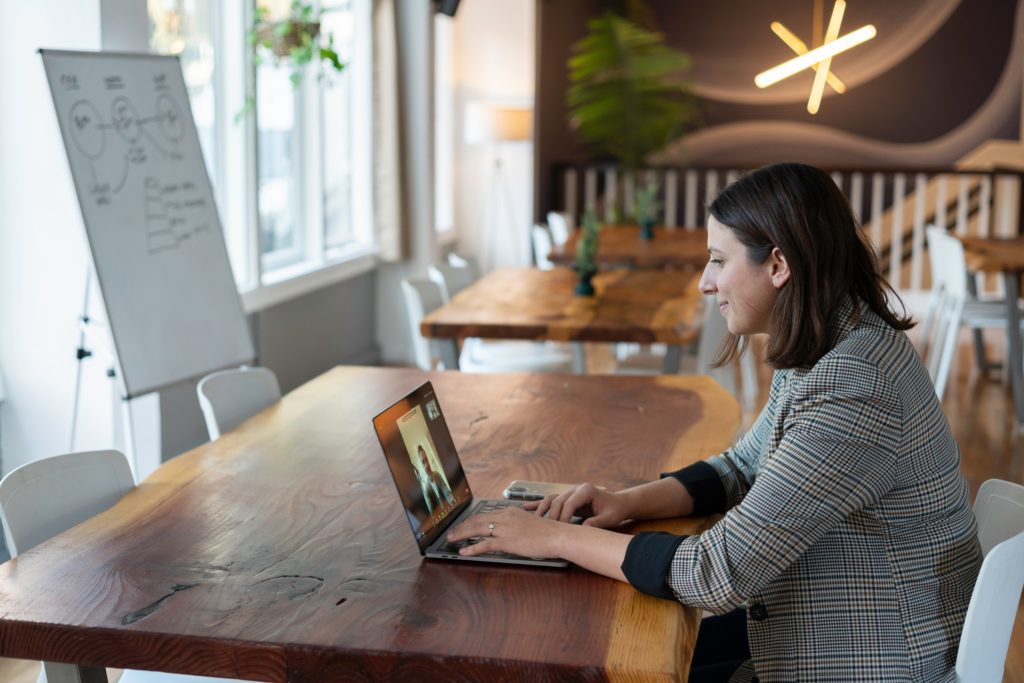Creative Freelancer | Please Take Yourself Seriously
If you’re considering becoming a creative freelancer, there are a few challenges ahead. One is giving yourself enough credit. Here’s how you can do that, and take yourself seriously so everyone else does too!
For a lot of people, there comes a time in life when you question whether you could make a living off your passion. When you wonder why you shouldn’t be able to turn your hobby into a career. Perhaps you’re tired of having to work on someone else’s schedule, or maybe you’re in a totally different industry to your dream job. With some planning and preparation, you could escape this way of living.
Whether you’re a talented writer, or a keen-eyed videographer, becoming a creative freelancer could be an option for you. You don’t necessarily even need to be the best writer or camera enthusiast going. You just need to find your motivation, and have an unfaltering willingness to learn. Of course, before quitting your job and going solo, there are lots of practical things you should consider. This includes things like your pay and expenses, where you’ll work, how you’ll work, who you’ll work with. But, on key thing you must do from day one is take yourself seriously.
Why Take Yourself Seriously?
It might seem like a silly question, but you’d be surprised how many people don’t take themselves seriously. Or, at least, they don’t continue to for long. Even if you start out with good intentions, if you end up letting things slip over time, this can cause problems.
If you take yourself seriously, then other people will as well. If you haven’t actually landed your first freelance gig yet, you should still behave like you’ve had a hundred clients. This will instil confidence in potential clients, and help you to appear as a fully formed business. One very big factor in landing gigs is getting people to trust you enough to hire you, and that will come from you taking things seriously. If you’re not totally sure how to do that, we’ve got some top tips!
Work on Your Pitch

It doesn’t matter if you’re pitching to Netflix or an independent production company, your presentation and delivery need to be on point every time. Going into a pitch with all your stats memorised, knowledge of the client you’re aiming for, and a well-thought-out plan for your work, will help you land the gig.
First impressions seriously count. There will be plenty of other creative freelancers that you’re up against, so you need to make people feel immediately like you’re their best option.
Research Pricing
Nothing screams unprofessional like unrealistic pricing. This goes for both too expensive and too cheap. You don’t necessarily need to display your fees anywhere, be it on your website or social media. It could work best for you to quote fees to clients on a case-by-case basis. However you do it, you need to research competitors and look around online. This will give you an idea of what people are willing to pay.
It’s also a good idea to work backwards. Figure out how much your annual expenses are (rent, car, bills, etc.) and how much you want to live off, and work backwards to figure out how much you need to earn per month. From here, you can decide how many hours a week you’re willing to work, and decide on a rough rate for yourself that will be feasible.
Don’t Undersell Yourself
Following on from pricing, it’s important not to set your rates too low. It’s a good idea to gather a portfolio of work together ready for when you embark on your freelance journey. This can come from doing odd bits of work for free or a reduced price – but don’t get stuck doing this for long. Sites like Fiverr or Upwork are great for gaining initial experience.
You might think that the lower your price, the more people are likely to choose you. However, some clients could be put off by an unusually cheap rate. They might question the quality of your work, or your authority in your field. Sure, you can increase your rates as your experience grows, but try to not set the bar too low at the beginning.
Plan Ahead

If you want to become a creative freelancer long-term, you’ll need to plan ahead. This isn’t always possible, as some months you might take on plenty of work, and others might be much quieter. But, if you plan ahead, then you’ll be better equipped for surviving those quieter months.
Keep a careful budget, take into account any holiday you might want to take, and also give yourself enough breaks. It can be tempting to work relentlessly when starting a business, but burnout won’t get you anywhere.
Silence Imposter Syndrome
We’ve nearly all experienced this at some point. The nagging voice in the back of your mind telling you that you’re out of your depth. As a creative freelancer, learning to deal with Imposter Syndrome (IS) will become an incredibly valuable skill. IS can get in the way of you accepting larger gigs that could help you progress, for fear of failing. But, since you can’t get it right all the time, you shouldn’t let that stop you.
Don’t Be Afraid to Fail

Ever heard the term, “fail faster”? It’s a great one to remember when taking on any challenge. It’s easy to fall into the trap, especially as an adult, that we need to be perfect at something as soon as we try it. That if we fail once, we should just give up and move onto something else – or worse, go back to where we were before.
Actually, failing is all part of the journey. If you can reframe failures as learning curves, and stepping stones towards your goal, you’ll find yourself feeling much less held back. Once you’ve failed at something, it means you’ve got it out of the way, hopefully won’t do it again, and are the better for it.
